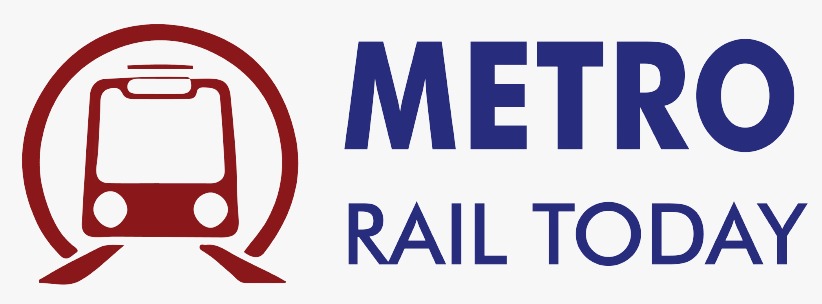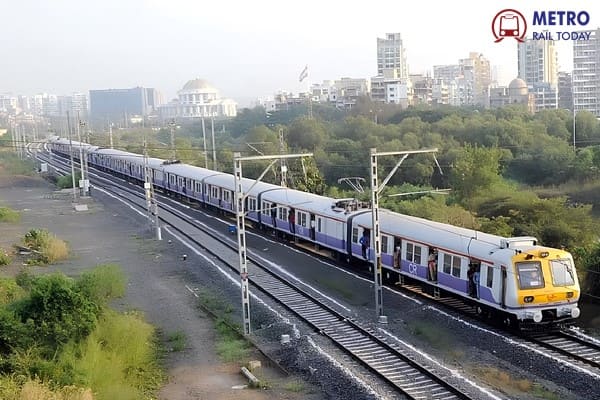 K-RIDE to float fresh civil tender after terminating L&T from Bengaluru Suburban Rail Project
K-RIDE to float fresh civil tender after terminating L&T from Bengaluru Suburban Rail Project Airtel Business bags multi-year contract for Indian Railway Security Operations Centre
Airtel Business bags multi-year contract for Indian Railway Security Operations Centre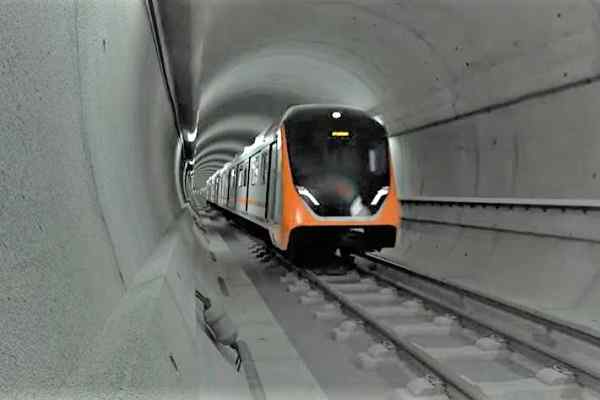 TBM Vidyarthi achieves Final Tunnel Breakthrough for Kanpur Metro Corridor 1
TBM Vidyarthi achieves Final Tunnel Breakthrough for Kanpur Metro Corridor 1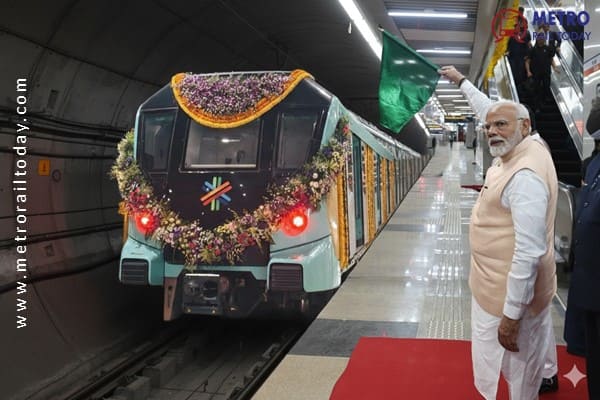 Prime Minister Narendra Modi inaugurates Final Phase of Mumbai Metro Line 3 (Aqua Line)
Prime Minister Narendra Modi inaugurates Final Phase of Mumbai Metro Line 3 (Aqua Line)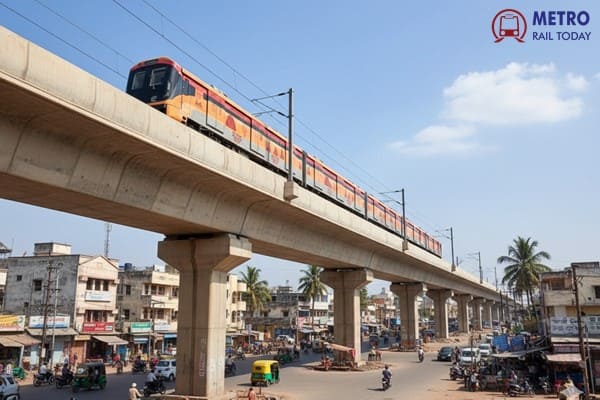 White Elephants on Rails: How Politically-Driven Metro Projects Are Draining Public Funds?
White Elephants on Rails: How Politically-Driven Metro Projects Are Draining Public Funds?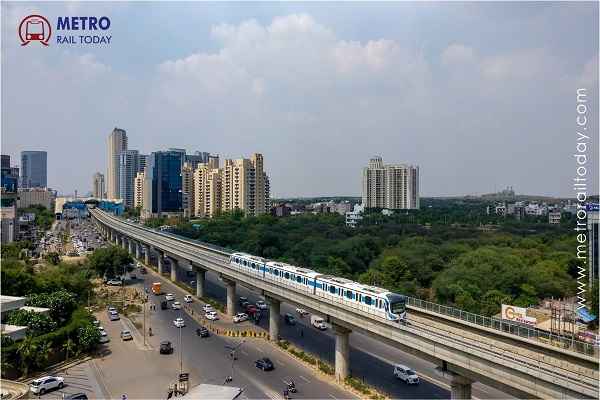 Gurugram Metro Construction Begins with First Piling Work Near Sector 31
Gurugram Metro Construction Begins with First Piling Work Near Sector 31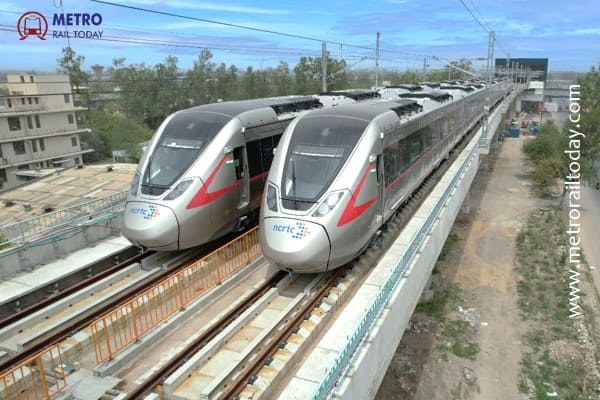 NCRTC and Gati Shakti Vishwavidyalaya sign MoU to boost Railway Education and Innovation
NCRTC and Gati Shakti Vishwavidyalaya sign MoU to boost Railway Education and Innovation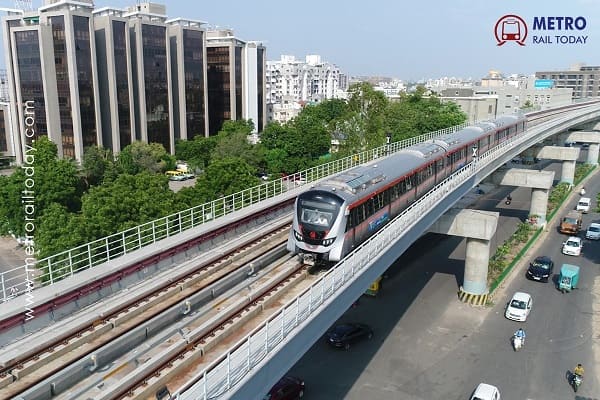 DB Engineering & Consulting partners with GMRC to shape Smart, Sustainable Surat Metro
DB Engineering & Consulting partners with GMRC to shape Smart, Sustainable Surat Metro Patna Metro Inaugurated: First Phase of 3.6-km Stretch Open to Public from October 7
Patna Metro Inaugurated: First Phase of 3.6-km Stretch Open to Public from October 7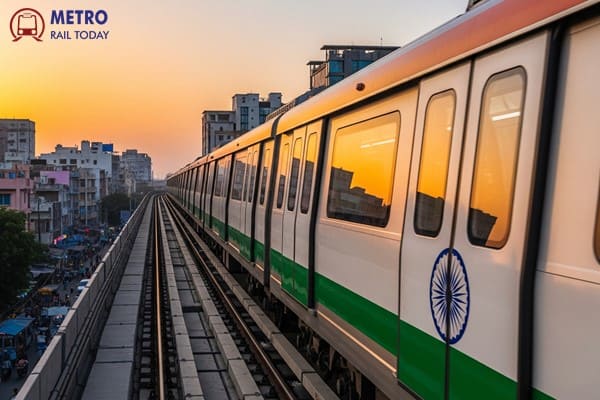 Saleem Ahmad appointed as new CMD of Rail Vikas Nigam Limited (RVNL)
Saleem Ahmad appointed as new CMD of Rail Vikas Nigam Limited (RVNL)
India Expands Metro Rail Network with Advanced Technology and Sustainability Measures
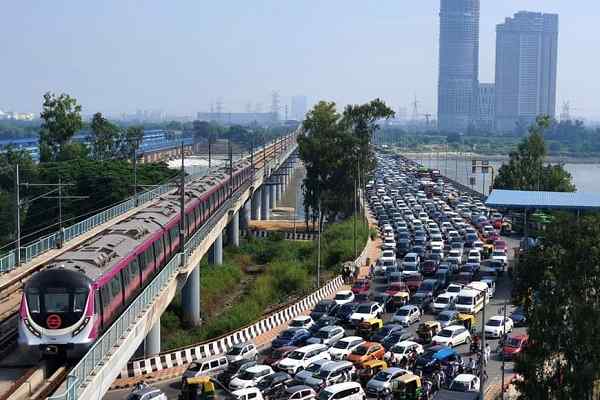
India's metro rail and rapid transit network continues to expand, with over 1,011 kilometers now operational across 23 cities. The government has introduced several technological innovations to enhance efficiency, safety, and sustainability in urban transit.
The introduction of cutting-edge technologies is transforming metro operations in the country:
- Namo Bharat Train: India’s first state-of-the-art high-speed train, with a design speed of 180 kmph and an operational speed of 160 kmph, is now running on the Delhi-Meerut RRTS corridor between New Ashok Nagar and Meerut South Depot.
- European Train Control System (ETCS): The world’s first hybrid Level-II/III radio-based signaling system on an LTE backbone has been implemented in Namo Bharat trains, enhancing passenger safety.
- Platform Screen Doors (PSD): Developed jointly by Bharat Electronics Limited (BEL) and NCRTC, these doors improve passenger safety and reduce accident risks.
- National Common Mobility Card (NCMC): Supporting the One Nation-One Card initiative, the NCMC enables seamless travel across all enabled public transport systems in India.
- QR-Based Ticketing: The introduction of mobile-based QR ticketing makes travel more efficient and contactless for metro commuters.
- Unmanned Train Operations (UTO): To enhance efficiency and service quality, UTO has been successfully deployed on several stretches of the Delhi Metro.
- Indigenous Automatic Train Supervision (i-ATS): India’s first homegrown Automatic Train Supervision System, jointly developed by DMRC and BEL, has been implemented on Delhi Metro’s Red Line.
The Indian metro rail sector is integrating sustainable energy solutions to reduce environmental impact.
- Solar Power Adoption: Metro rail operators have installed solar panels, significantly reducing CO₂ emissions and promoting the use of renewable energy.
- Regenerative Braking System: Many metro systems now incorporate regenerative braking technology, leading to energy savings and reutilization, making metro operations more sustainable and cost-effective.
Since urban transport is a state subject, metro project planning and integration fall under the jurisdiction of state governments. However, the Central Government provides financial and strategic support based on feasibility and available resources. Key policies guiding metro expansion include:
- Metro Rail Policy, 2017 – Provides a framework for state governments to plan and seek funding for metro projects.
- National Urban Transport Policy (NUTP), 2006 – Encourages sustainable urban mobility solutions.
- Transit-Oriented Development Policy, 2017 – Promotes integrated urban transport and last-mile connectivity.
The government is also emphasizing feeder systems, pedestrian pathways, and non-motorized transport (NMT) infrastructure to improve metro accessibility and ridership.
With a strong focus on technological advancements and sustainability, India's metro network is set to play a crucial role in shaping the future of urban mobility.
